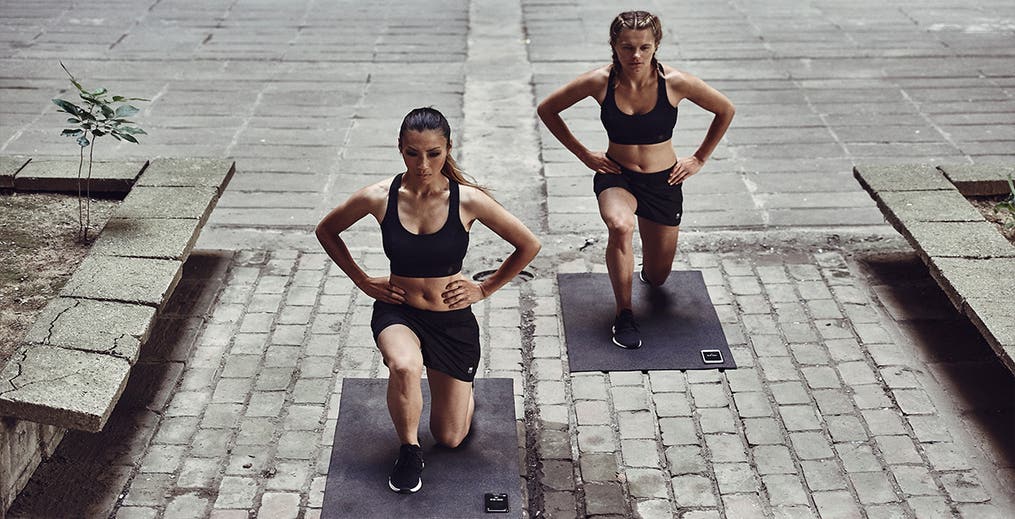What is 3D training?
In exercise science, we analyze the way that the body moves. In order to make movements easier to communicate we use the cardinal planes from mathematics. We split the body into 3 different 2 dimensional planes. These are called the frontal, sagittal and transverse planes. 3D workouts are workouts that train our bodies on all 3 of these planes of mobility. A combination of all three planes are needed in order to complete daily tasks and excel as an athlete.
Why should we 3D train?
In daily life we do not move solely along these planes of motion, if we did we would look like robots! Instead we constantly flow between these different axises, and therefore we should train for that. 3D training leads to even muscle distribution and gain, higher spatial awareness, greater injury prevention in day to day life as well as in athletic tasks, better balance, and overall a more fun and dynamic workout experience.
How do we 3D train?
The sagittal plane The sagittal plane cuts the body into right and left halves, and generally refers to forward, backward, upward and downward movements. To understand this better, imagine you’re stuck in a really thin hallway. You can move forwards and backwards, but your shoulders are touching the walls on either side preventing you from turning. Now think about which movements you could still perform in that hallway. These are sagittal movements. Some examples are crunches, lunges, split lunges, sphinx push ups, and calf raises.

The frontal plane The frontal plane splits your body into a front and back side. Imagine you’re in a hallway again, but this time your nose and back are touching the walls. In this hallway you can only bend and move sideways. The movements you could do in this hallway are frontal plane movements. Some examples are jumping jacks, squat jumps, pullups, lateral lunges, and side plank crunches.

The transverse plane The transverse plane is a horizontal plane that splits your body into top and bottom halves. Imagine you're sitting at a desk in a room with zero gravity. Movements that you can do by rotating and moving your arms parallel to the desk, no matter what direction you and the desk are flipped in, are transverse. Some examples of transverse movements are pushups, twists, cossack squats and wipers.
The best 3D experience isn’t in the movie theatre. It’s on the training ground.